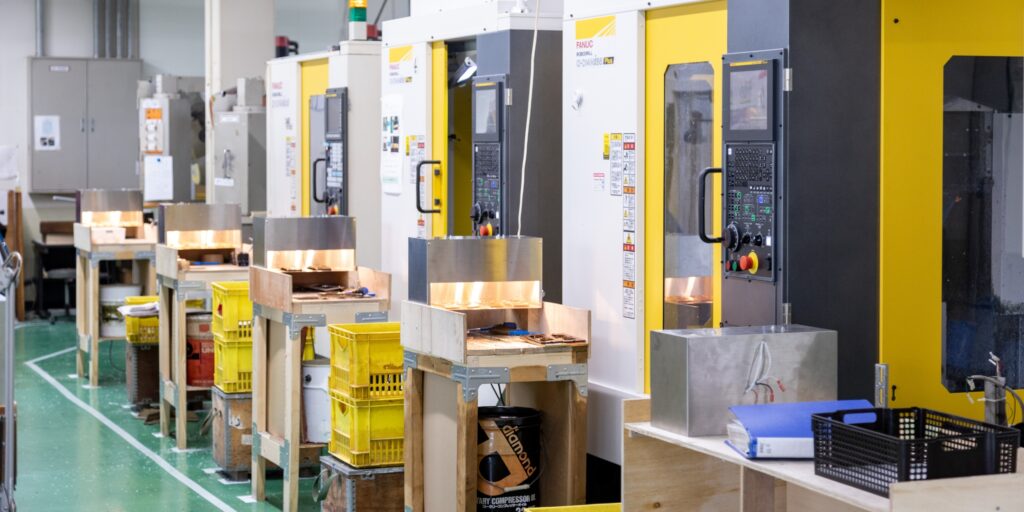Technological capabilities to meet increasingly advanced needs
High level technological capabilities are essential in giving concrete form to the outstanding designs demanded by global brands. Since our founding, Ena Optical has responded to customer needs that have grown increasingly advanced each year by improving precision through effective adoption of new materials and technologies to continue creating products that satisfy customers. We will continue to leverage our flexibility in the pursuit of better technologies and higher quality in the future as well.
Timely, precise product development

One of the strengths of Ena Optical is our fully in-house production system. In the area of production technology in particular, we have been able to ensure stable quality and reliable delivery times by incorporating a Numerically Controlled Machining Center into our production line. We strive to ensure timely, precise product development in a market where time and timing are of the essence. We are also working to ensure even more precise manufacturing by upgrading the machine tools used to produce molds. We maintain a structure to deliver high quality while further building on the technological capabilities of our mold engineers.
Eco-friendly, sustainable product development

Today, acetate resin is used widely around the world as a raw material for eyewear frames. Ena Optical was an industry pioneer in launching the mass production of acetate-resin eyeglass frames in 1957. We developed acetate-resin frames successfully through repeated trial and error. Today, there is growing demand for the development of sustainable products reflecting consideration for the environment. As part of our efforts in this area, our manufacturing process currently uses no oil. While traditional processes used oil in some processes, which inevitably resulted in daily waste, we are helping to protect the environment by switching to processes that use no oil. Ena Optical produces eyeglass frames from acetate resin material. To be precise, only about 20% of this material was used in frames, while the remaining 80% was disposed of as waste instead of recycling it. The total volume reached about 10 tons per year. As we strive to act responsibly as a plastics producer, we are engaging in trial efforts to reduce plastic waste today by two-thirds, while also studying reuse methods.

